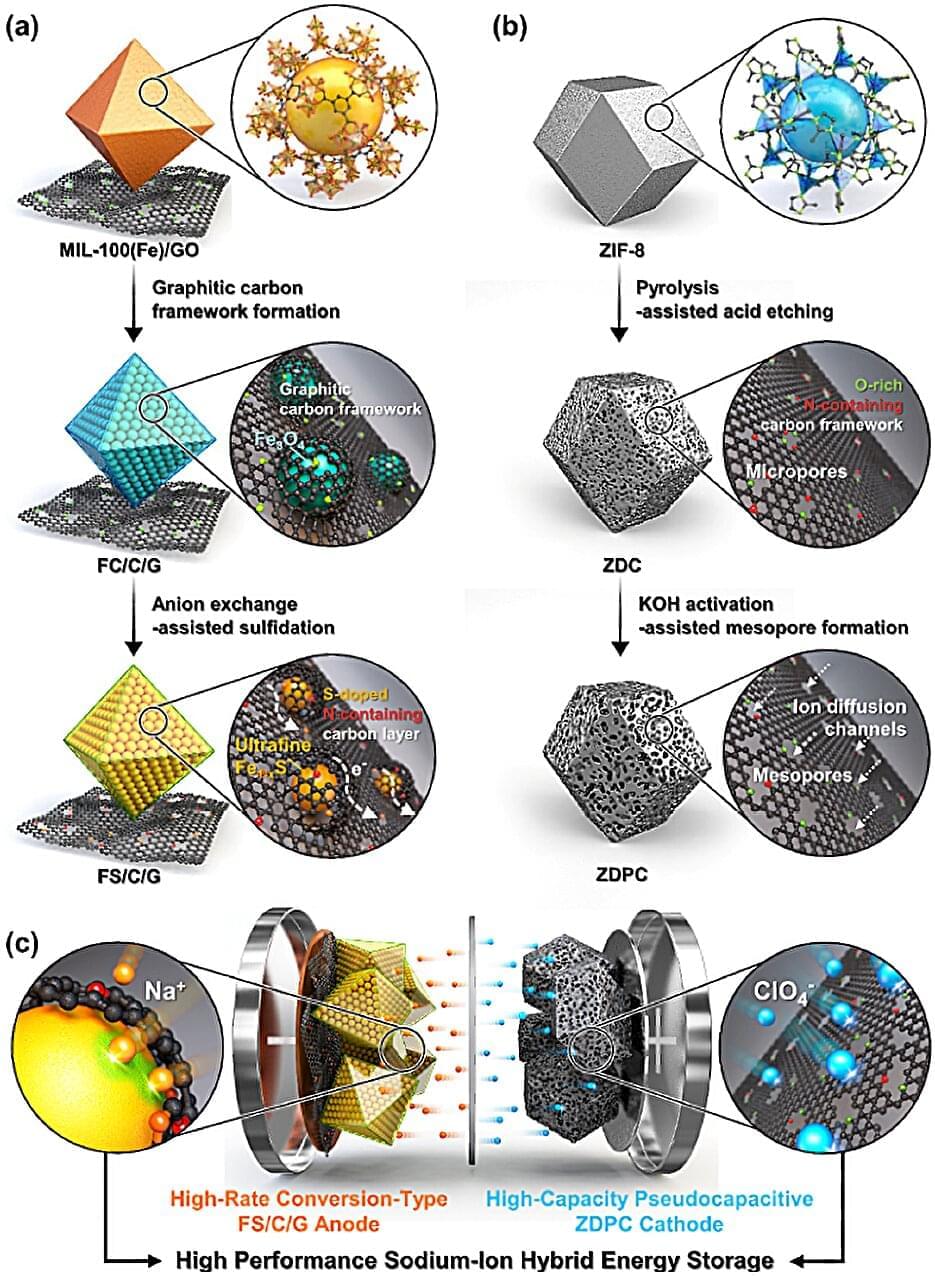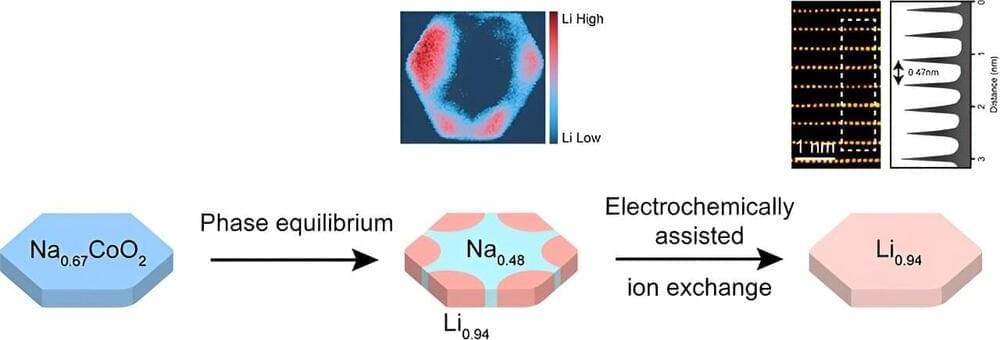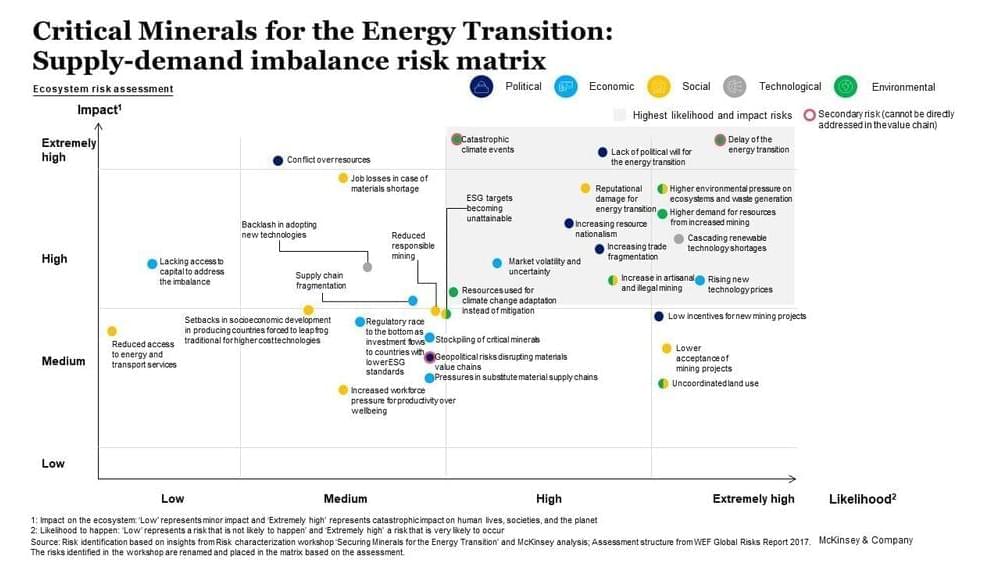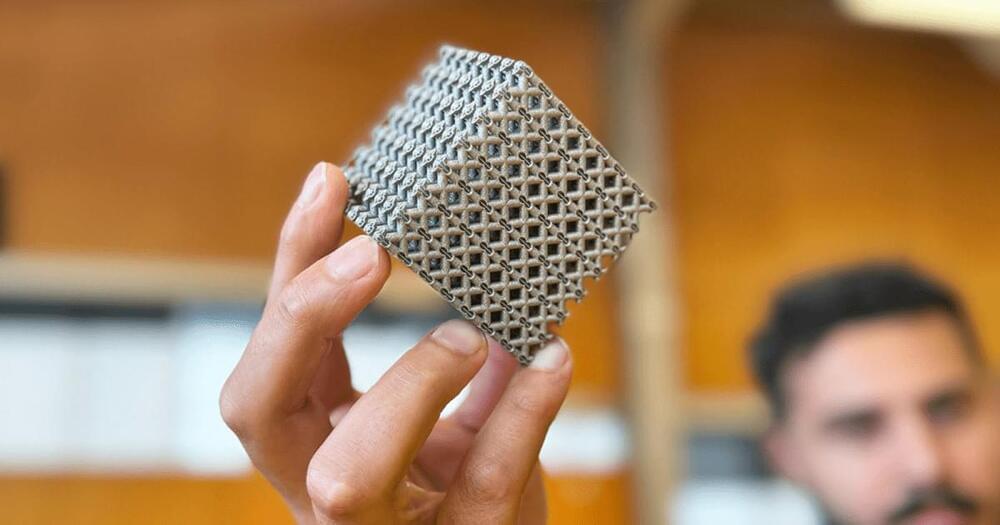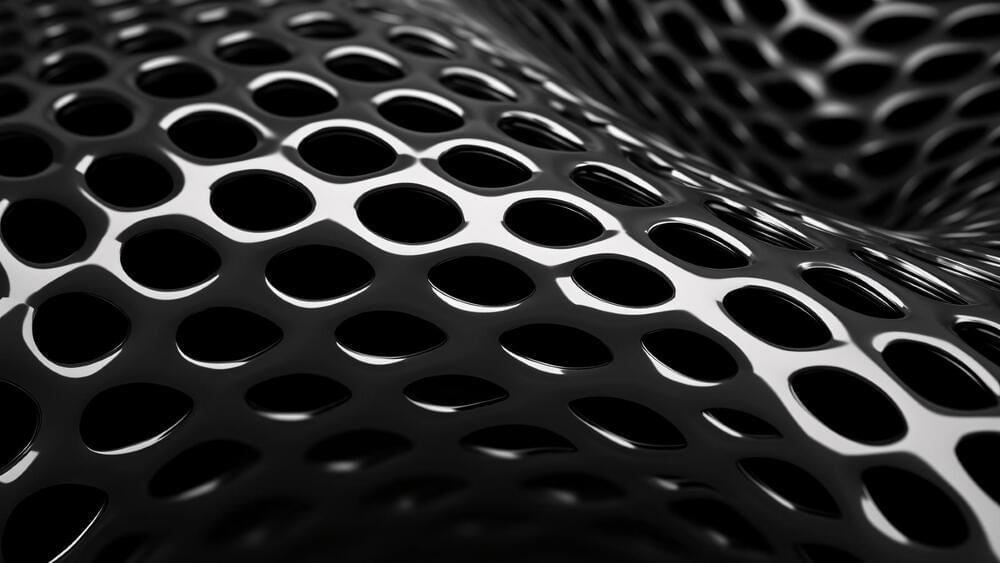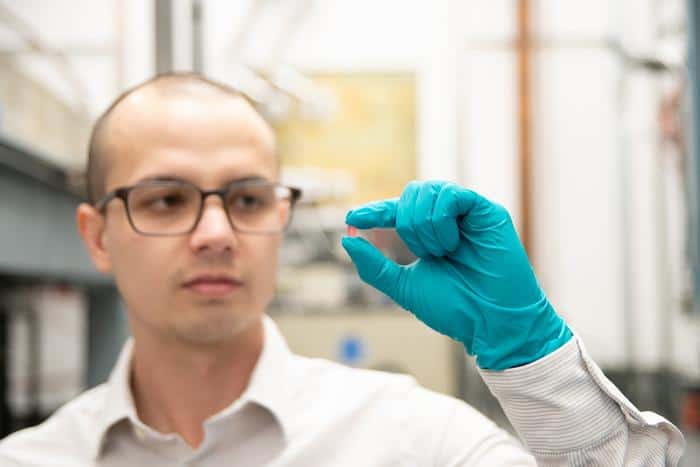
Quantum Barkhausen noise, which arises from the cooperative quantum tunnelling of a huge number of magnetic spins, has been observed for the first time and may be the largest macroscopic quantum phenomena ever seen.
Researchers in the US and Canada have detected an effect known as quantum Barkhausen noise for the first time. The effect, which comes about thanks to the cooperative quantum tunnelling of a huge number of magnetic spins, may be the largest macroscopic quantum phenomena yet observed in the laboratory.
In the presence of a magnetic field, electron spins (or magnetic moments) in a ferromagnetic material all line up in the same direction – but not all at once. Instead, alignment occurs piecemeal, with different regions, or domains, falling into line at different times. These domains influence each other in a way that can be likened to an avalanche. Just as one clump of snow pushes on neighbouring clumps until the entire mass comes tumbling down, so does alignment spread through the domains until all spins point in the same direction.
Continue reading “Quantum Barkhausen noise detected for the first time” »
